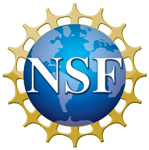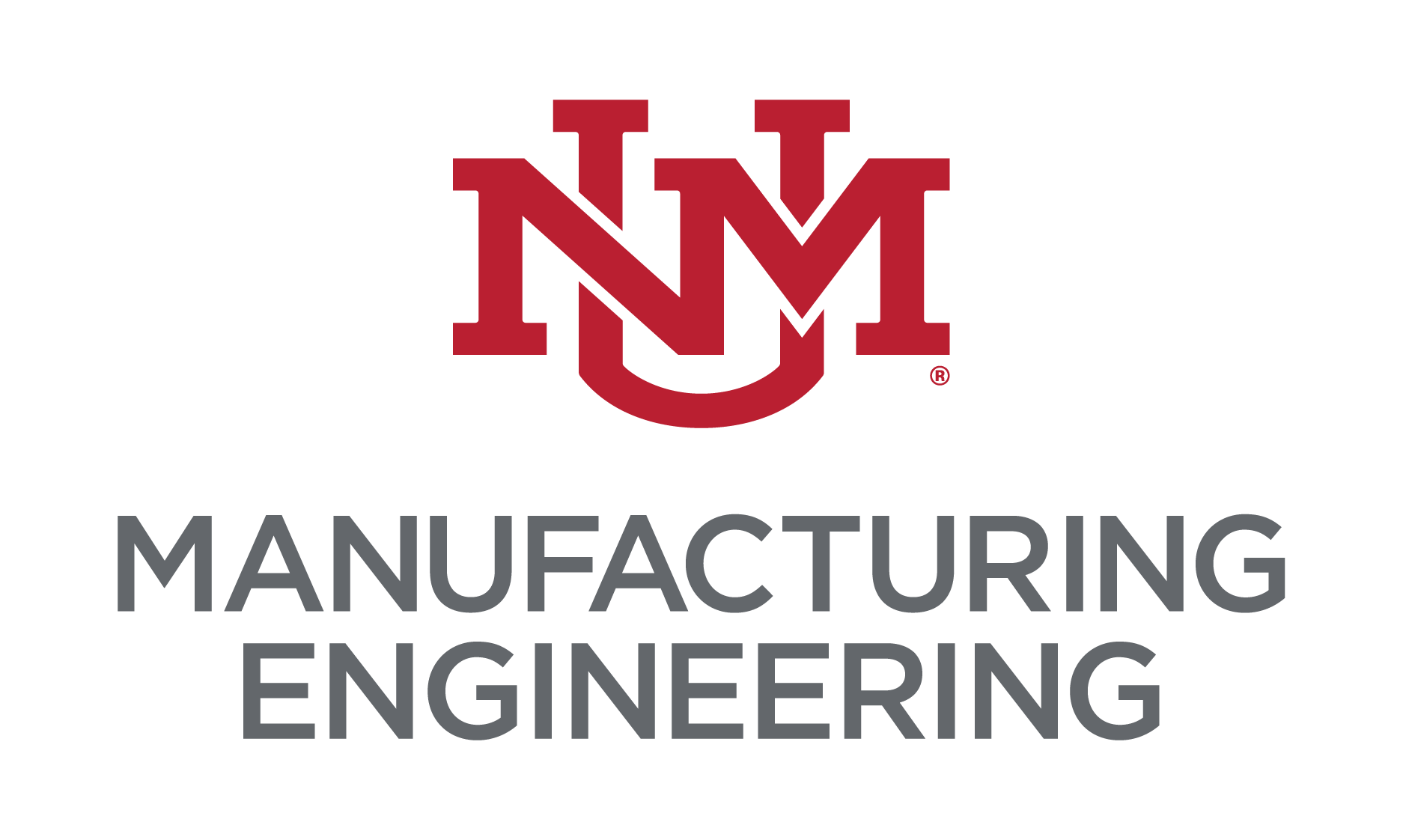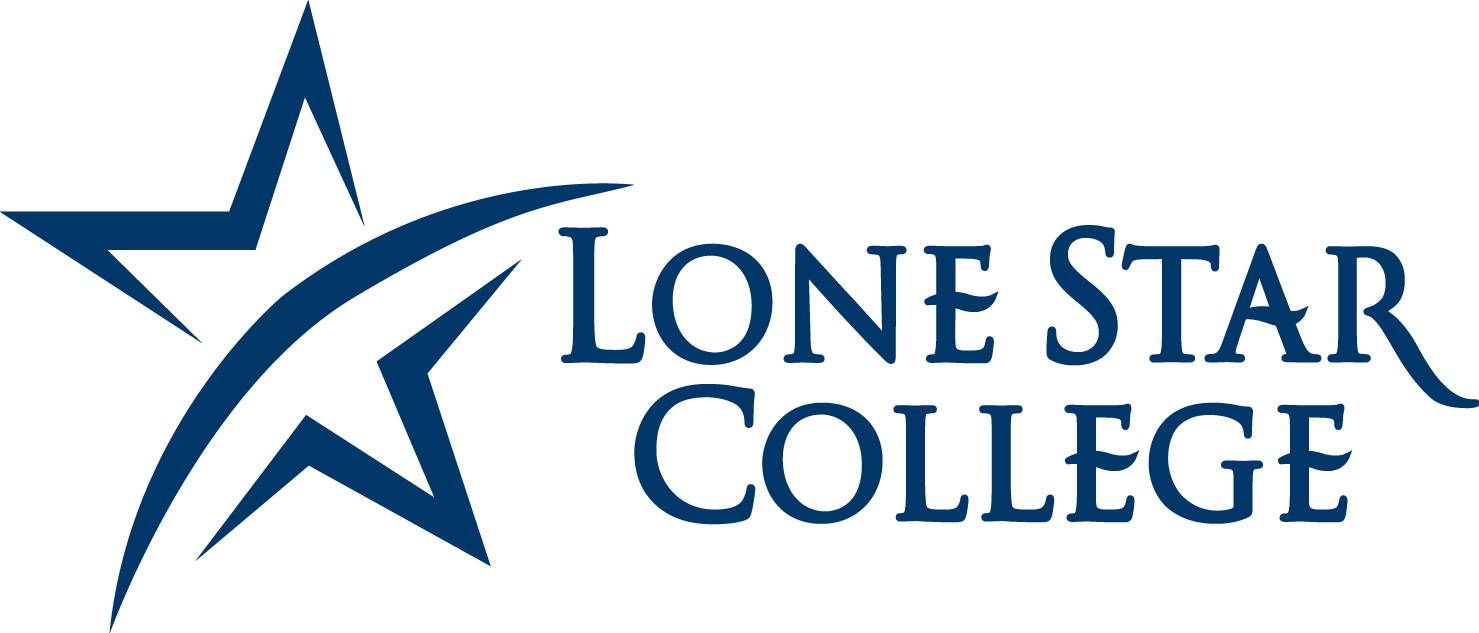Folder BioMEMS
This Category includes the following BioMEMS Topics for download.
Please register and login to our website to access the instructor materials and the .doc and .ppt files.
Categories
Folder BioMEMS Overview
This unit distinguishes between MEMS and BioMEMS and identifies the major characteristics that define BioMEMS. This unit provides an overview and introductory information on the emergence of BioMEMS into MEMS technologies.
Please register and login to our website to access the instructor materials and the .doc and .ppt files.
Folder BioMEMS Applications
This unit provides an overview of Microelectromechanical Systems (MEMS) applications in the biomedical field. Such devices are referred to as BioMEMS.
Please register and login to our website to access the instructor materials and the .doc and .ppt files.
Folder DNA Overview
This unit provides an overview of DNA (Deoxyribonucleic acid), its role as genetic material, its molecular components and structure, and DNA replication. This information is necessary to better understand the role of microelectromechanical systems (MEMS) in DNA analysis, disease diagnostics, and gene therapy.
Please register and login to our website to access the instructor materials and the .doc and .ppt files.
Folder DNA to Protein
This unit provides content information needed to understand how the digitally encoded information in DNA is translated into a functional protein that can be used for diagnostics, analysis and measurements in medical applications.
Please register and login to our website to access the instructor materials and the .doc and .ppt files.
Folder Cells
This unit introduces the different types of cells, aspects of their growth, and the types of organelles found within cells. This knowledge leads to an understanding of the importance of cells in BioMEMS applications.
Please register and login to our website to access the instructor materials and the .doc and .ppt files.
Folder Biomolecular Applications
This unit discusses the characteristics and phenomena of biomolecules that make them attractive components for BioMEMS devices. It provides information that will allow one to understand how biological molecules can be used as working devices within BioMEMS.
Please register and login to our website to access the instructor materials and the .doc and .ppt files.
Folder Clinical Laboratory Techniques and Microtechnology
This learning module is an overview of how microtechnology is used for standard clinical laboratory tests. It covers the advantages and challenges of taking clinical tests out of the laboratory to the point of care (POC). An activity allows you to dig deeper into a specific test or technique and discover how microtechnology is changing medical diagnostics.
Please register and login to our website to access the instructor materials and the .doc and .ppt files.
Folder BioMEMS Diagnostics Overview
This unit discusses the advantages and disadvantages of adapting existing diagnostic laboratory tests and materials to MEMS, what areas in medicine will be impacted and how, and examples that are already being tested.
Please register and login to our website to access the instructor materials and the .doc and .ppt files.
Folder BioMEMS Therapeutics Overview
Therapeutics is the process of serving and caring for the patient in a comprehensive manner. This unit covers a few of the MEMS and BioMEMS therapeutic devices that are currently on the market or close to becoming a commercial product.
Please register and login to our website to access the instructor materials and the .doc and .ppt files.
Folder MEMS for Environmental and Bioterrorism Applications
This unit discusses MEMS applications for environmental and bioterrorism sensing, the reasons such sensing devices are needed, and the MEMS that are currently used or being tested for such applications.
Please register and login to our website to access the instructor materials and the .doc and .ppt files.
Folder DNA Microarrays
This lesson explains how a DNA Microarray works, how it is used in medical, environmental and food applications, and how it is fabricated. It is designed for high school and post-secondary freshman biology, science, and technology classes. There are four suggested activities that reinforce the material as well as a knowledge probe and final assessment.
Please register and login to our website to access the instructor material and the .doc and .ppt files.






